Technology has dramatically transformed higher education recently, particularly in college classrooms. From online courses to advanced digital resources, universities increasingly embrace innovative tools to enhance the learning experience. One such tool that has started to make waves is Augmented Reality (AR). While AR was once seen as something reserved for entertainment and gaming, colleges now use it to create more immersive and engaging learning environments.
Bridging Theory and Practice with AR
Whether engineering students visualize complex structures, medical students explore 3D anatomy models, or history students interact with virtual ancient civilizations, AR is bridging the gap between theory and practice. But what makes AR so effective, and why should colleges be eager to incorporate this technology into their curriculum? Let’s explore how AR is revolutionizing the classroom for college students and faculty alike.
What is Augmented Reality?
Before diving into its educational benefits, let’s quickly define AR. Unlike Virtual Reality (VR), which immerses users in a completely digital environment, AR overlays digital content onto the real world. In simpler terms, AR enhances your surroundings with images, sounds, and other sensory inputs that seem to interact with the real world around you. If you’ve ever used a smartphone app that lets you place virtual furniture in your room or played games like Pokémon Go, then you’ve already experienced AR.
But how exactly does this technology translate into the classroom? Let’s break it down.
Enhancing Learning Experiences with Interactivity
One of AR’s greatest strengths is its ability to provide interactivity. Instead of just reading or listening, students can interact with learning materials. For instance, imagine a biology lesson where students can interact with a 3D human heart model.
They could zoom in, rotate, and even “cut” through layers to explore different parts of the heart. This level of hands-on learning has the potential to deepen understanding as students actively participate in the learning process. Students can do a very creative combination of learning projects.
For example, many students take on large-scale projects using the Edubirdie service, which takes on the academic part. In contrast, students are more focused on creating more practical parts of the project, such as creating 3D models for augmented Reality or physical installations. This symbiosis can give students the opportunity to take on very ambitious projects.
This interactive component also helps cater to different learning styles. Some students are visual learners, while others learn best by doing. AR can bridge this gap by offering different ways for students to experience the same material, enhancing overall comprehension.
Bringing Subjects to Life with AR
Imagine learning about the solar system in a science class. Instead of simply reading about planets or looking at pictures in a textbook, students could use AR to view a 3D solar system model right on their desks. They could interact with the planets, explore their sizes, or even travel through space with the help of a tablet or AR glasses. The possibilities are endless!
AR can offer virtual time machines for subjects like history, allowing students to “visit” ancient Rome or witness historical events firsthand. These immersive experiences engage students in ways that traditional methods often can’t. Suddenly, learning feels more like an adventure than a lesson. And when students are engaged, they’re more likely to retain the information.
Encouraging Collaboration Through AR
AR can foster student collaboration, crucial for developing social and teamwork skills. Imagine a group of students working together to solve a problem using AR technology. They could engage in virtual scavenger hunts, design virtual projects, or even solve puzzles that require communication and collaboration. This type of cooperative learning helps students develop problem-solving skills and work together towards a common goal.
Collaboration can also extend beyond the classroom. Through AR, students can interact with peers worldwide in a shared virtual environment, learning about other cultures and ideas in real-time. This global perspective is essential in an increasingly interconnected world.
Enhancing Teacher Effectiveness
It’s not just students who benefit from AR. Teachers can also harness this technology to improve their instruction and engage their classrooms in fresh ways. AR allows teachers to create custom learning experiences, adapt materials to student needs, and monitor student progress through data collected during AR activities. This instant feedback can help teachers understand which concepts students struggle with and where they might need additional help.
Moreover, AR can make abstract concepts more accessible. Take geometry, for example. Students can manipulate 3D shapes to explore volume, area, and angles in real-time. This hands-on, visual approach to learning abstract concepts helps make them more tangible and easier to understand.
Overcoming Challenges and Barriers to AR in Education
While the potential of AR in classrooms is exciting, it’s not without challenges. For one, the technology is still relatively new and can be costly. Not all schools can access the devices or the infrastructure required to support AR learning experiences. Furthermore, teachers may need professional development to feel confident using AR tools in the classroom.
Another concern is the possibility of over-reliance on technology. AR must supplement traditional teaching methods rather than replace them. A balanced approach is key to ensuring that students interact with technology and develop critical thinking, problem-solving, and interpersonal skills.
The Future of Augmented Reality in Education
Looking ahead, the future of AR in classrooms seems bright. AR tools will likely become more widely available as technology advances and becomes more affordable. Imagine students in remote or underserved areas accessing the same high-quality AR experiences as well-funded schools. This democratization of education could help level the playing field and provide opportunities for all learners, regardless of their location or economic background.
Furthermore, as AR continues to evolve, we may see even more sophisticated applications, such as haptic feedback (touch sensations) or the integration of artificial intelligence to tailor learning experiences to each student’s needs. The combination of AR and AI could create personalized learning paths that adapt in real time, offering students the exact content they need to succeed.
A New Era for Education
The role of Augmented Reality in modern classrooms is more than just a novelty—it’s a game-changer. By making learning more interactive, immersive, and engaging, AR can revolutionize how students experience education. AR opens doors to endless possibilities, from bringing abstract concepts to life to fostering collaboration and encouraging personalized learning.
While challenges are certainly to overcome, the benefits far outweigh the obstacles. As technology continues to evolve, it’s clear that AR will play a key role in shaping the future of education, providing students with a rich, engaging, and dynamic learning experience. The future of classrooms is here, and it’s augmented!
Exploring and applying its tools creatively is vital to harnessing AR’s transformative power in education fully. Embrace its potential to make learning more immersive, collaborative, and personalized – take the next step and bring the future of education into today’s classroom.


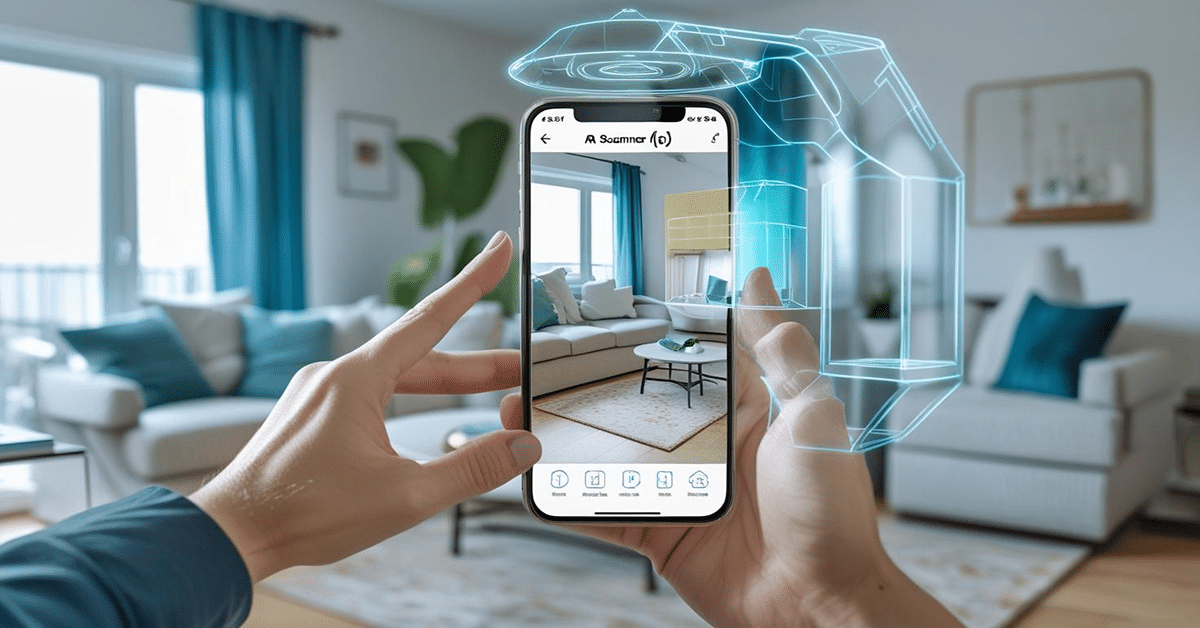
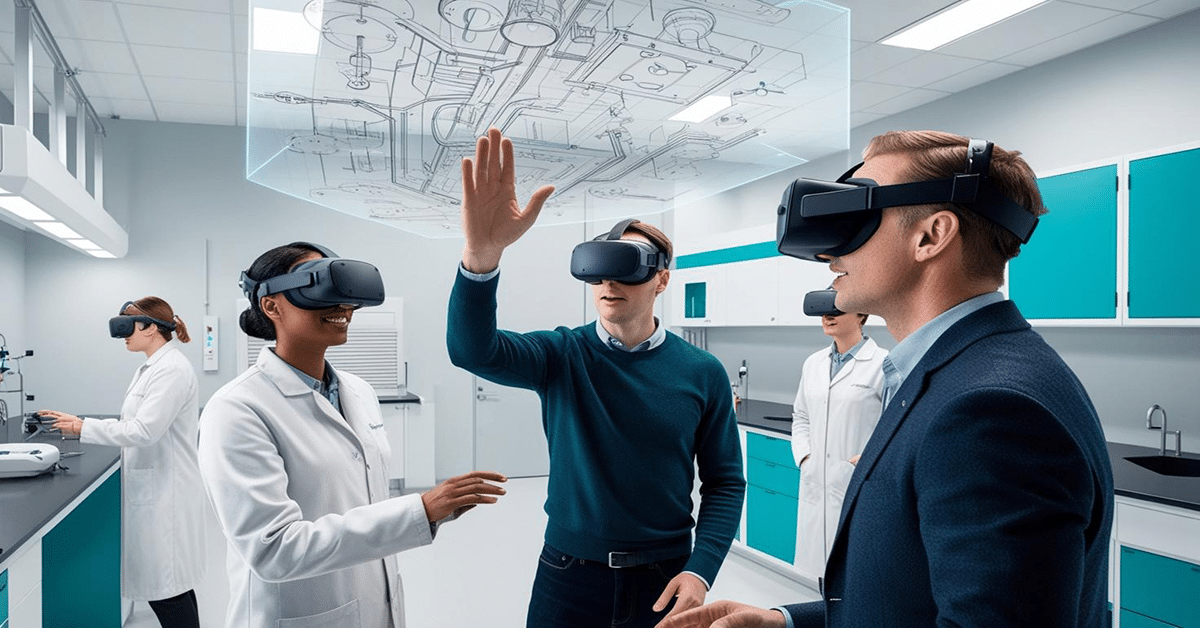
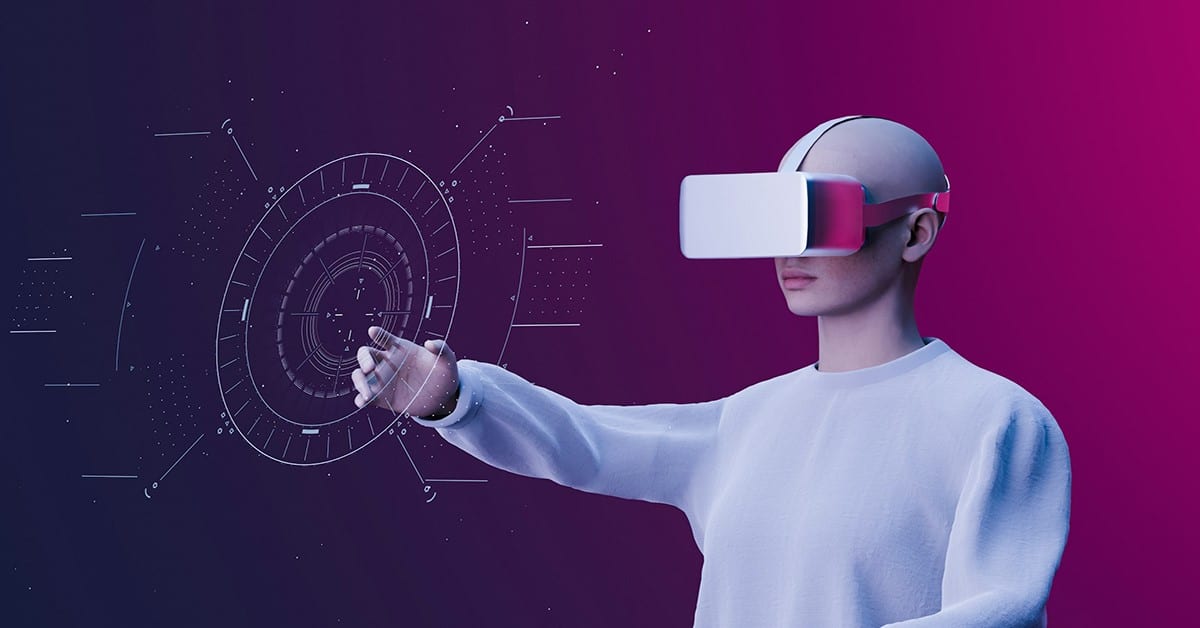
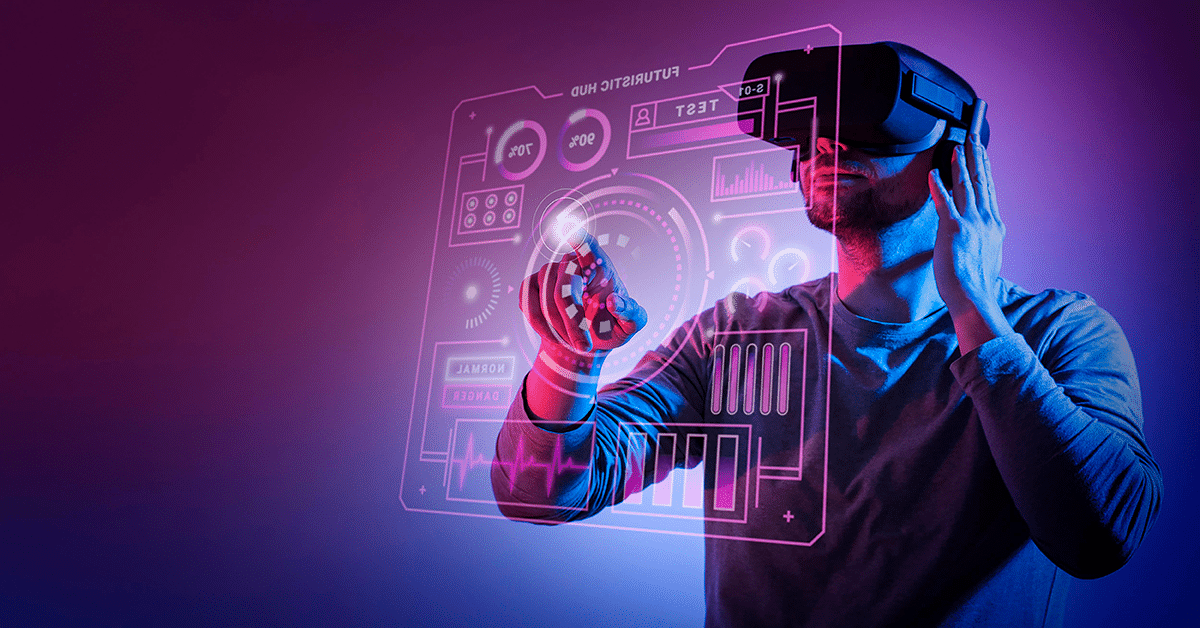
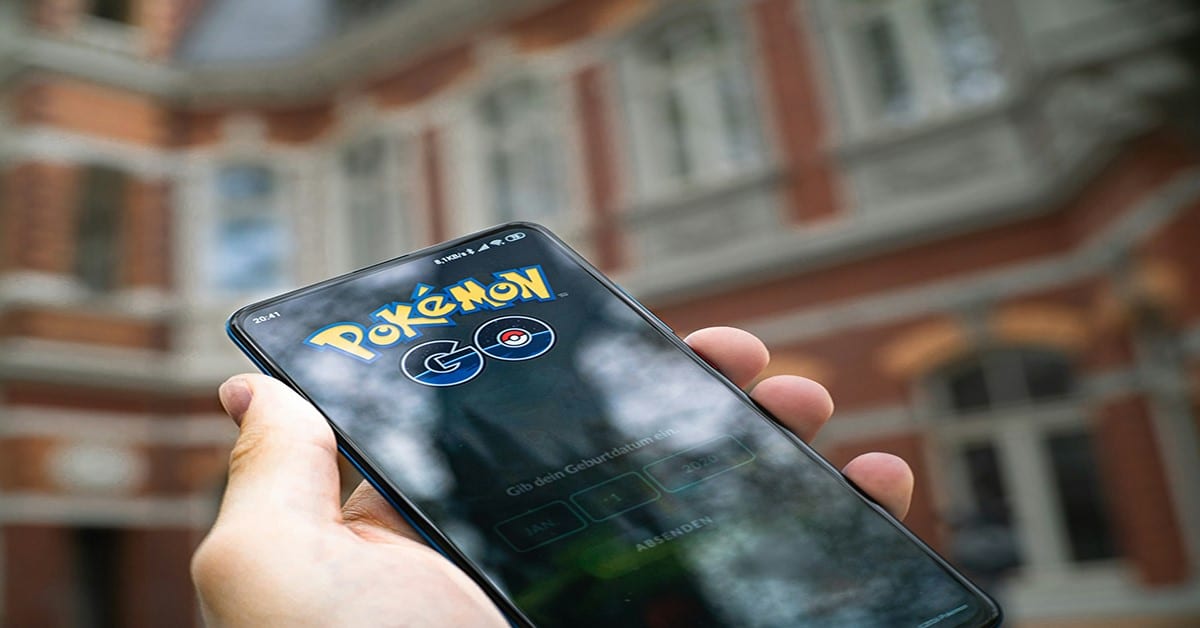
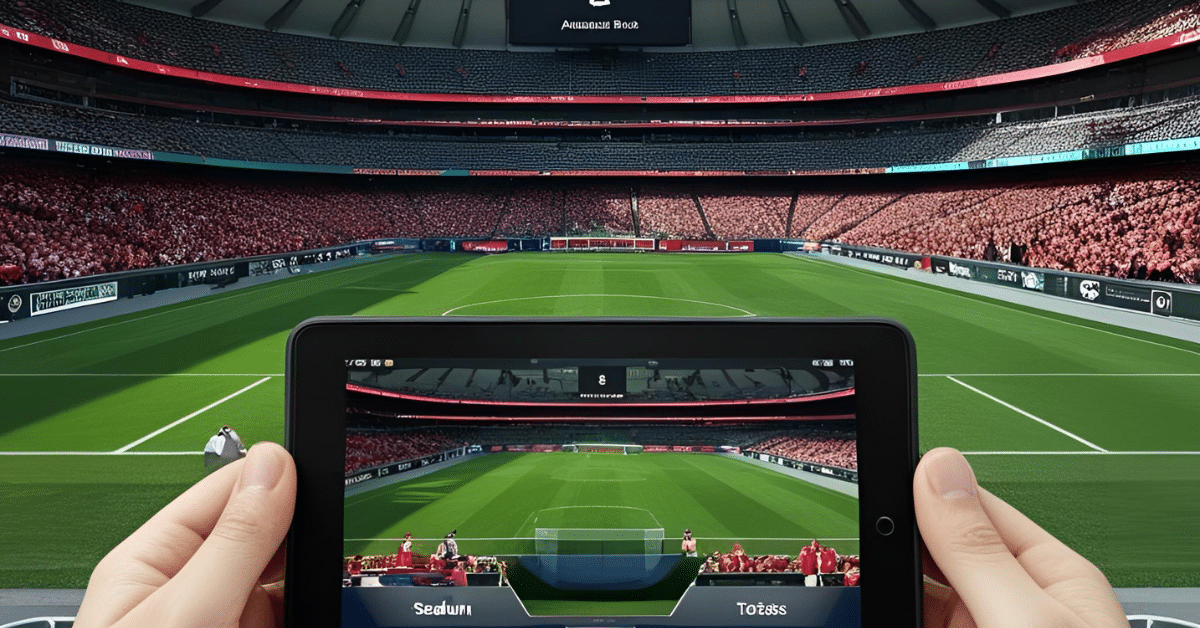

Leave A Comment